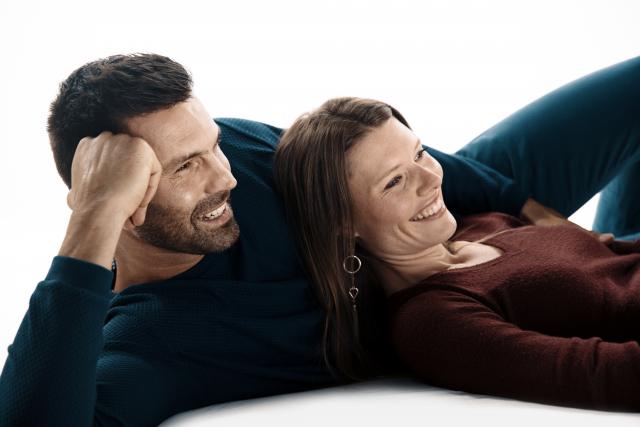
Content, after all, is king. The topic was discussed at length by executives across Europe at the latest Pay-TV Innovation Forum, the global research programme for senior pay-TV and content executives.
With their insights in mind, what can we expect European viewers to be watching in the future? Where will content come from? And how will operators ensure content reaches the right audience? Here are the five key trends to watch out for in the European pay-TV market:
1. A change in the set-top box
For Dr. Randolph Nikutta, Leader Interactive High End Media at Telekom Innovation Laboratories, part of that content delivery mechanism will remain with the STB, but for how long is debatable: “Operator-controlled set-top boxes will stay relevant but they will be complemented more and more by additional options like connected TVs and other connected devices when ‘the customer brings his own device’. We need to be prepared to deliver services to these ever-growing device ‘zoos’, which means a streaming-only future.
But he doesn’t think that’s necessarily a problem for pay-TV operators: “This could create significant savings to a pay-TV operator as CAPEX costs of set-top boxes are high. However, content costs still remain the biggest cost.”
2. Global content
In the English-speaking world at least, there are signs of foreign-language content growing in popularity.
Wim Ponnet, Chief Strategy and Commercial Officer at Endemol Shine Group, says: “In the English-speaking world, people were traditionally more averse to watching things with subtitles, but the younger generation is very comfortable with watching foreign language content – think of Narcos, or Dark, the first German series commissioned by Netflix.”
3. Steering away from linear
Whatever we’ll be watching, it’s less likely to be via linear broadcast.
Dr. Nikutta says that “customer and market trends show that linear TV is further declining, as fewer people watch live TV.
“Customer demands and expectations for content and service experiences are growing, so you have to serve a wider range of use cases and user needs,” he continues.
4. Creativity is king
But ultimately, quality content is going to be key.
As Wim Ponnet notes: “It is fairly easy to launch an OTT platform and reach a lot of users. To do it at scale and successfully is by no means simple, but ultimately, the content and access are going to make the difference here.
“There's never been a better time to be an intellectual property owner or a creative engine than now”, he concludes.
On the subject of creativity, will we soon be able to depend on technologies like Big Data and artificial intelligence for content creation?
Wim Ponnet isn’t sold: “Content production is still a highly creative process that can’t be entirely automated or engineered, and, in my view, it will never be.
“Technology will help us in developing story lines and will open new ways of story-telling. But I definitely don't see the age yet where the computer is going to take over and do the whole creative process for us.”
5. Recommended viewing
How can operators make sure great content reaches the right audience?
Dr. Nikutta says the recommendation engines approach, a la Netflix, may not prove as effective in the coming years.
“We are currently seeing the limits of recommendation engines”, he says. “The model of ‘you saw that, you might want to see this’ is not really improving the user experience anymore when it comes to content choice.”
“Looking ahead, a lot of different contextual factors will have to be taken into consideration, including mood, needs, standards of living, day of the week, and time of the day. These all come into play with more radical personalisation.”
For the European pay-TV industry, it’s clear that new priorities are emerging to address important issues surrounding the future of content.
Future success of pay-TV service providers in the EMEA region hinges on their ability to continue providing subscribers with quality content – from gritty foreign language dramas to must-watch unscripted content.
Discover more in our latest summary of the Pay-TV Innovation Forum annual findings and download the free report.
By Simon Trudelle, Senior Director, Product Marketing, NAGRA
